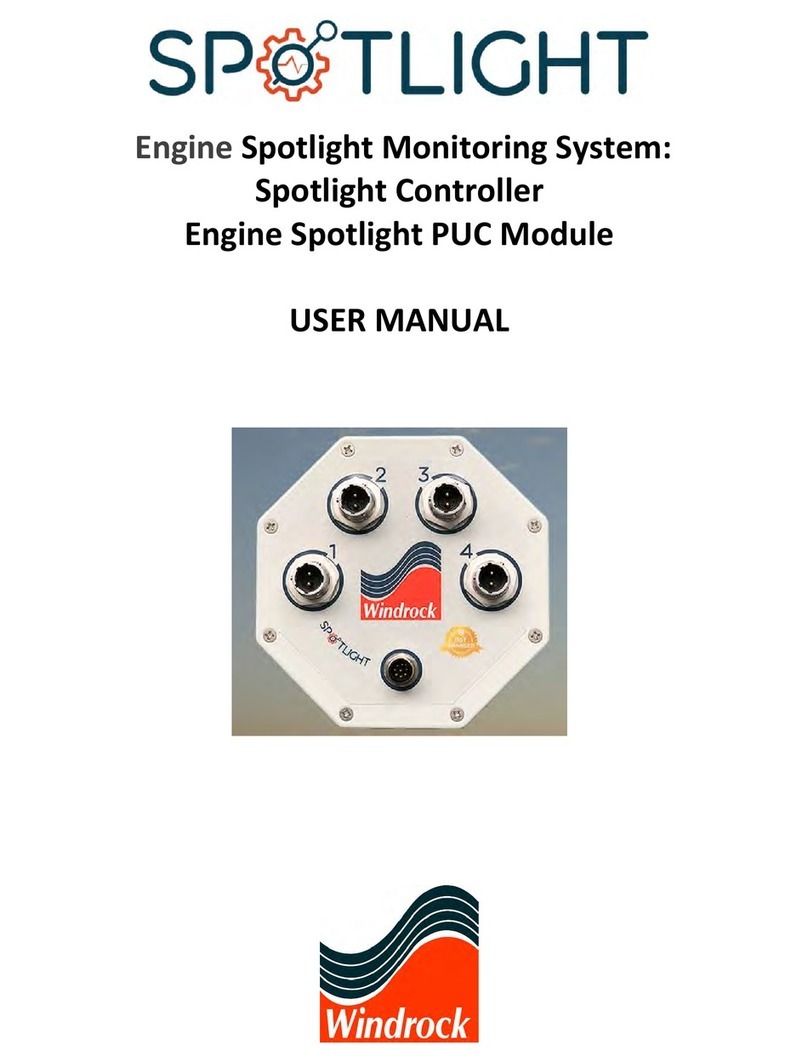Table of Contents
Why an Analysis Program? ........................................................................................................................2
Goals..........................................................................................................................................................2
Engine Data Collection Locations...............................................................................................................3
Compressor Data Collection Locations.......................................................................................................4
Batteries and Charging...............................................................................................................................7
6400 Analyzer ............................................................................................................................................8
Adjusting Analyzer Screen Brightness......................................................................................................10
Adjusting Analyzer Date/Time ..................................................................................................................11
Encoder / Wireless Transmitter.................................................................................................................12
Encoder / Wireless Transmitter Functions ................................................................................................14
Selecting a Wireless Transmitter Channel................................................................................................20
Magnetic Pickup / Optical Sensor.............................................................................................................21
Cables......................................................................................................................................................22
Strobe (Timing) Light................................................................................................................................23
Engine Pressure Transducer....................................................................................................................24
Compressor Pressure Transducer............................................................................................................25
Pressure Transducer Calibration (Zeroing the Sensor).............................................................................26
Primary Ignition ........................................................................................................................................27
Secondary Ignition....................................................................................................................................28
Accelerometer..........................................................................................................................................29
Velocity Probe..........................................................................................................................................30
Ultrasonic / Infrared Temperature.............................................................................................................31
Ultrasonic Gain Adjustment......................................................................................................................32
Headphones.............................................................................................................................................34
/VA Kit Additional Items............................................................................................................................37




























